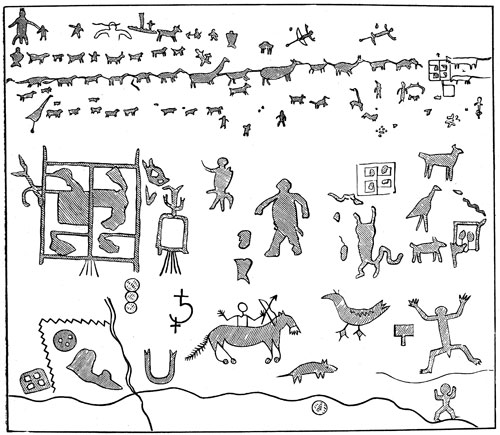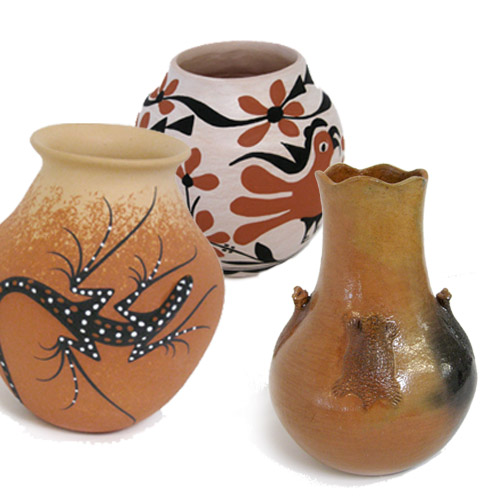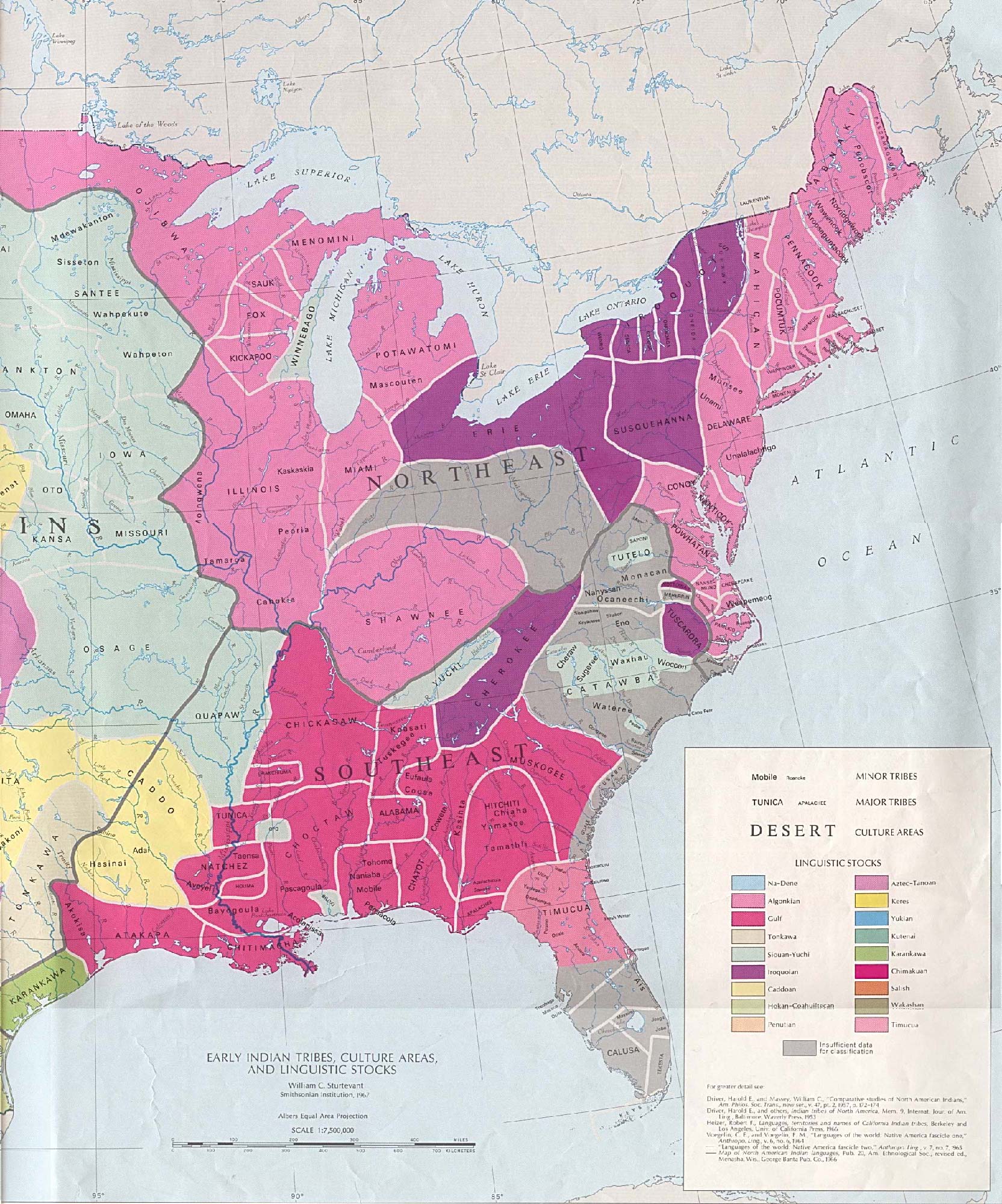Kwanzaa, a seven day event beginning on December 26th, is a culturally diverse, fun and family-oriented celebration. Use some of these easy and inexpensive home decor and tablescape ideas to represent, teach and spice up your home for the occassion.
Kwanzaa, a seven-day event beginning on December 26th, is a holiday being celebrated by a growing number of cultures. Influenced by traditional African harvest festivals, meaning “first fruits,” it is a celebration of community, culture and family. Each day of the celebration symbolize the seven principles, or Nguzo Saba, (1) Umoja (unity), (2) Kujichagulia (self-determination), (3) Ujima (collective work and responsibility), (4) Ujamaa (cooperative economics), (5) Nia (purpose), (6) Kuumba (creativity) and (7) Imani (faith). A time for family and fun, it is also a time for remembrance, and reflection upon one’s purpose and the values considered ideal for one's community.
Whether celebrating for the first time or the tenth time, Kwanzaa symbolism and celebrations can be represented with home décor most likely with products on hand. Try a few of these ideas to dress up your home.
Traditional Kwanzaa colors and their symbolism are: Black, symbolizing the African-American people; Red, representing struggle; and green, which symbolizes hope for a better future. When decorating with fabrics and accessories think along these color lines.
The seven principles of Kwanzaa are usually represented by a Kinara, a long, candleholder for seven candles. Three green and three red candles are placed on each side of a single black candle and lit alternately each day during the celebration. Many times, young crafters create the candles with home dipping kits to learn and have fun with the principles of Kwanzaa.
Place a straw place mat on a tabletop and center the Kinara, add baskets or bowls filled with vegetable and fruit or dried ears of corn to emphasize the relationship of Kwanzaa with the African harvest. Since family and remembrance play an important role to the celebration, add photographs of loved ones past and present to the table or throughout the house.
A child just learning about Kwanzaa would be thrilled with a nightstand decorated with a black, red or green tablecloth and a holiday figurine dressed in Afro-centric clothing. Decorate a small tabletop tree with black and gold, the colors of Africa and small African ornaments such as masks or animals.
Create a “Purpose Board” in an entryway or on a hallway table. Hang a blank corkboard on the wall and provide slips of paper, blank and gold markers and thumbtacks. As each person passes the “Purpose Board” have them write a note representing their own purpose such as, “make someone smile today,” “inspire someone younger today,” “not make my sister cry today.”
For dinner décor ideas, line a large basket with red, black and green napkins before serving bread or rolls. Wrap silverware in napkins adding a ring of beads for a special presentation at the table. Or, try coordinating a table setting such as a black placement, topped with a red plate and a green wine or water glass.
A simple draping of fabric in the symbolic colors over the windows, over a chair or used as pillows will add color and holiday dressings without too much expense or effort.
Ribbon cascading from the back of dining room chairs, chandeliers, drawer pulls or wrapped around towels will add a Kwanzaa reminder throughout the house.
The emphasis is family, from the roots of the tree to the new buds and the purpose the tree plays. Enjoy, have fun together and throughout the learning process.








